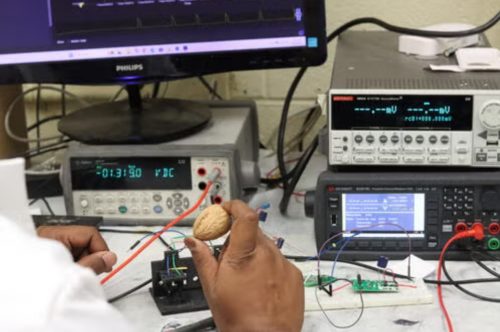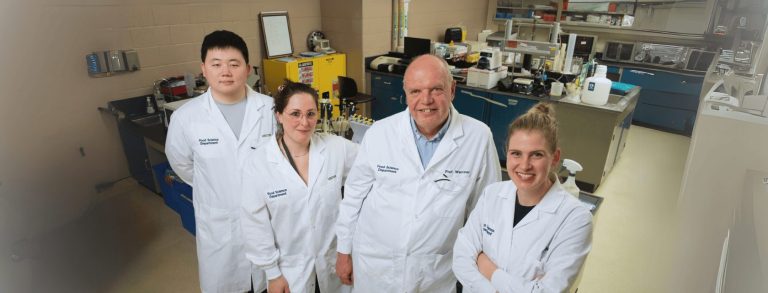
With an aim to make food safer and expand the reach of a powerful food safety tool, a professor and their team at the University of Guelph are developing pathogen-killing technology for use on commodities like eggs, frozen foods, leafy greens, and even medical equipment, strengthened by advanced microbiological lab capabilities.
The hydroxyl radical technology, a combination of hydrogen peroxide, UV light, and ozone, kills 99.99 per cent of pathogens such as E. coli, Salmonella, and norovirus in under 30 seconds. It can decontaminate up to 100,000 pounds of produce per hour without using water, making it both effective and sustainable. It is also proven safe and efficient for use on fruits, vegetables, raw pet food and items that cannot withstand traditional washing.
Additionally, the technology’s mobile design allows it to be mounted on harvesters to treat low-growing crops like spinach and broccoli directly in the field, replacing pesticides. Most recently, the technology was successfully tested on wine grapes infected with powdery mildew, a fungicide-resistant disease in Niagara vineyards, saving growers tens of thousands of dollars annually.
With this research, the team aims to set a new standard in sustainable food safety, protecting public health and the agricultural economy of the province.
For more information, visit the University of Guelph.



